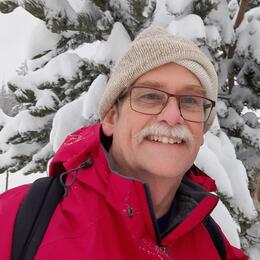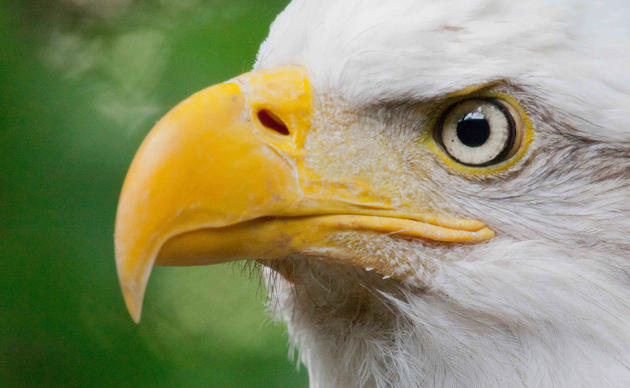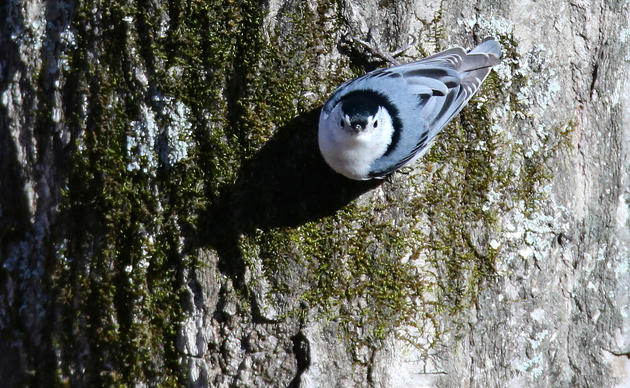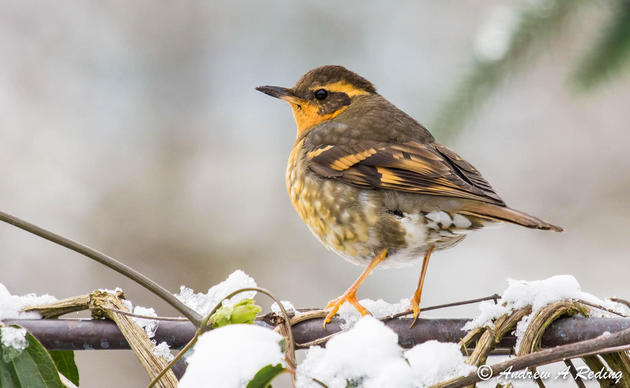The Kennedy Creek estuary, located at the end of Totten Inlet, boasts some of the highest concentrations of wintering waterfowl and shorebirds in the South Puget Sound. Species commonly found at the site include Dunlin, Black-Bellied Plovers, Western Sandpipers, Short-Billed Dowitchers, and Greater Yellowlegs. It is not uncommon to observe up to 10,000 shorebirds in a single day at Kennedy Creek, and an estimated 2,000 to 5,000 Dunlin spend the winter months there. The estuary is also home to one of the largest concentrations of wintering black-bellied plovers in the region and provides feeding areas for over 140 species of birds.
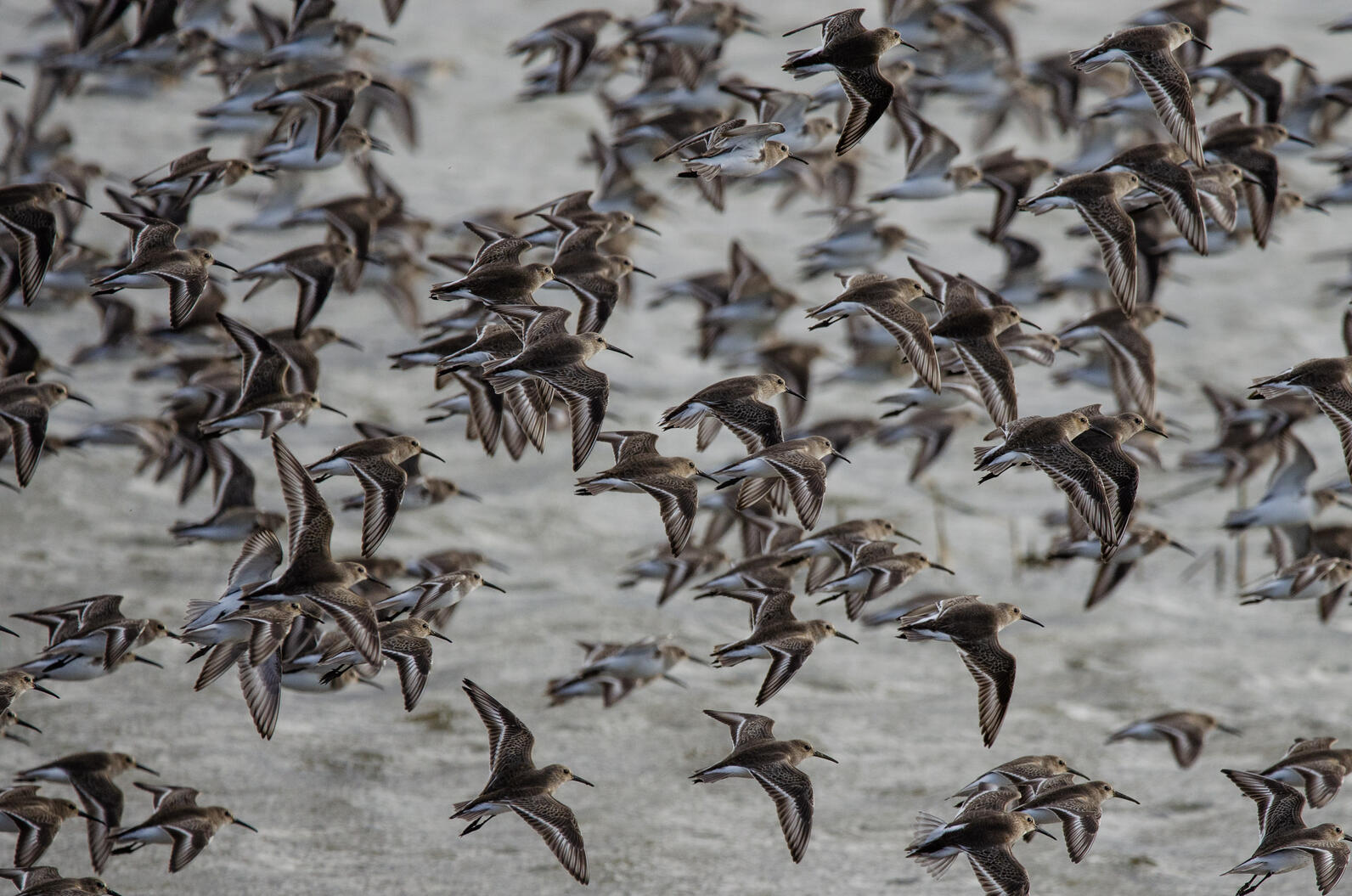
The Kennedy Creek Natural Area Preserve, managed by the Washington Department of Natural Resources, is the focus of efforts coordinated by Audubon to identify the conservation and protection needs of this Important Bird Area. To raise awareness of the area's importance to wintering birds, Audubon Washington and the Black Hills Audubon Society are hosting Birding Open Houses. At the first Open House in December, visitors were able to get a closer look at the shorebirds on the tidal flats through spotting scopes provided. They also learned more about the area and its conservation needs from staff of Audubon, the Washington Department of Fish and Wildlife, and the Department of Natural Resources.
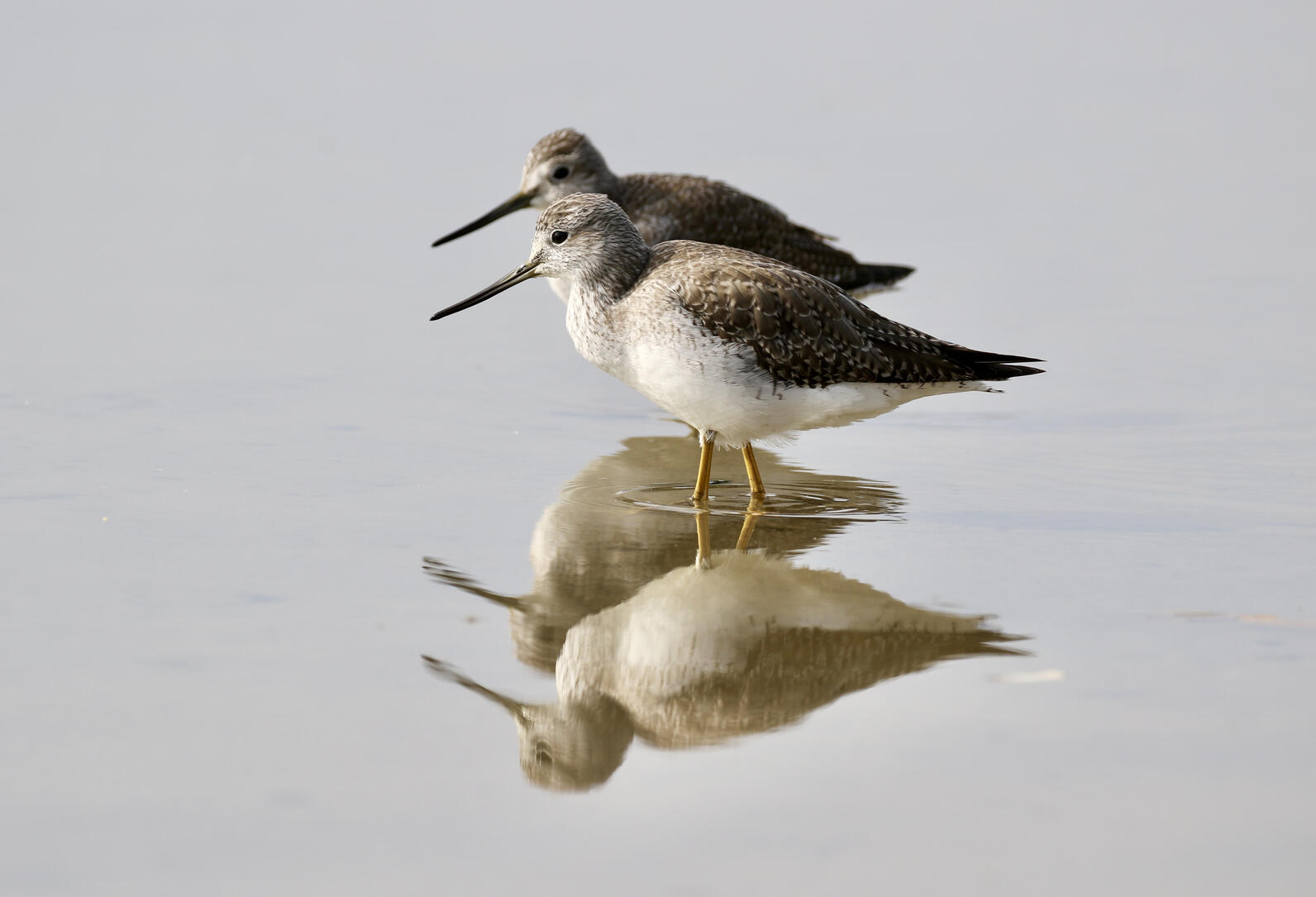
Audubon invites you to join us at our next Open House to be held on March 25, from 11 a.m. to 1 p.m., which will coincide with the best tides for observing shorebirds. The event will offer the same features as the first Open House. Come, enjoy the birds, and learn more about this important area in South Puget Sound. The Washington Department of Natural Resources also offers volunteer opportunities, such as tree and native shrub planting or the removal of invasive species that harm the ecosystem of the estuary and creek mouth. For more information on volunteering, please contact Michele Zuckerberg at the Washington Department of Natural Resources at michele.zuckerberg@dnr.wa.gov.

